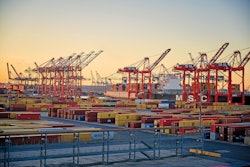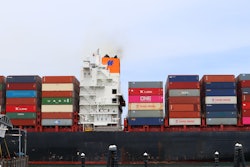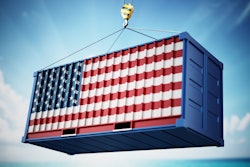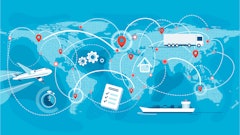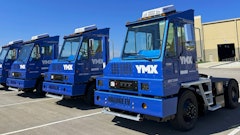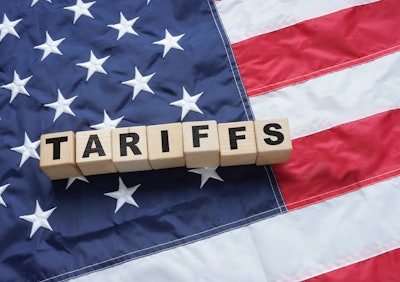
The Trump administration is proposing (and in some cases, have already implemented) a wave of new tariffs on foreign goods imported into the United States. These range from steel to automobiles to consumer goods, semiconductors, lumber and petroleum.
In response, U.S. companies may consider ways to accelerate imports to minimize the impact on inventories, supplies, critical production components, and perhaps most important, their bottom line. While such a strategy can mitigate cost increases, it requires careful planning, resource allocation, and risk management.
Strategies to accelerate imports
- Expedite shipping. Companies can shift to faster shipping methods, such as air freight, which significantly reduces transit times. However, this option can be expensive and is generally only viable for high-value or time-sensitive goods.
- Adjust inventory levels. Businesses may increase order volumes or bring forward future orders to build inventory buffers before tariffs take effect. This approach requires effective coordination with suppliers and logistics providers to ensure production capacity, product availability and timely shipping.
- Leverage Foreign Trade Zones (FTZs) and Duty Drawback Programs. Goods imported into FTZs are not subject to tariffs until they leave the zone and enter U.S. commerce. This allows companies to delay tariff payments or potentially re-export goods without paying tariffs. In addition, businesses engaged in international trade also can take advantage of Duty Drawback programs. These allow companies to reclaim duties, taxes, or fees paid on imported goods that are later exported. These strategies can reduce costs, enhance cash flow, and improve competitiveness by lowering production expenses and encouraging export activities, increasing opportunity for profit and sales growth.
- Negotiate with suppliers. Some companies may seek to negotiate shorter lead times with suppliers or ask them to prioritize their shipments to meet deadlines or receive goods ahead of tariff implementation.
- Flexible supply chains. Businesses with diversified supply chains and sourcing options may shift procurement of tariff-impacted goods to countries not affected by the tariffs, avoiding the need for acceleration altogether.
Challenges in accelerating imports
- Capacity constraints. Ports, warehouses, air, truck and rail carriers and logistics providers often operate to optimize available capacity and minimize unused resources. Sudden spikes in demand can be challenging for service providers, who must find ways to rapidly increase capacity and service to meet demand. This can lead to delays or bottlenecks, exacerbating hiccups in shipping cycles and making it more difficult to effectively accelerate imports ahead of tariffs. This is a particularly daunting challenge during shipping’s peak seasons.
- Higher costs. Expedited shipping and larger orders are more costly to secure and manage and can strain already tight budgets. The financial benefit of avoiding tariffs may not always outweigh these increased expenses.
- Logistical complexity. Coordinating faster production and shipping schedules with suppliers, freight forwarders, and customs brokers requires significant effort and can lead to errors or delays, as well as unexpected higher costs.
- Customs delays. Even expedited shipments must clear U.S. customs, where increased volumes can lead to backlogs, offsetting the speed of faster shipping methods.
- Storage and inventory risks. Accelerated imports necessitate additional warehouse space as well as warehouse labor, which can be costly and may lead to excess inventory if demand forecasts are inaccurate.
While accelerating imports can mitigate tariff impacts, companies must carefully balance speed, cost, storage capacity, inventory levels and product obsolescence, as well as the challenges faced by their logistics partners to ensure this strategy aligns with their broader operational, financial and customer satisfaction goals.




